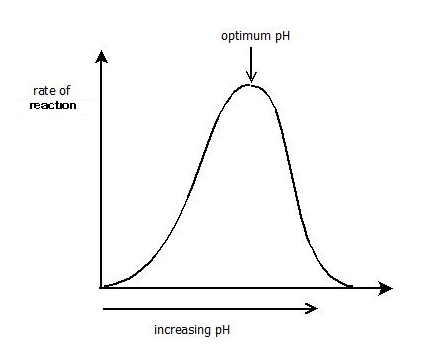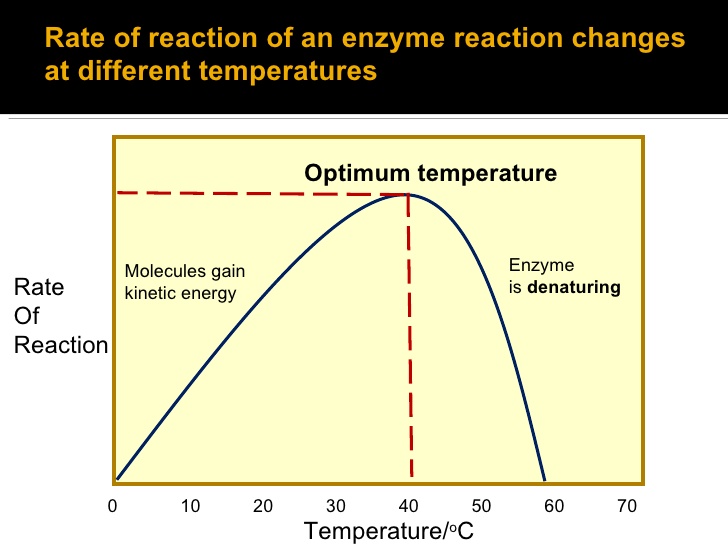How do extreme pH and temperature extremes affect enzymes?
1 Answer
Enzymes have optimal pH levels and optimal temperatures. Anything outside of their specific ranges can affect functionality.
Explanation:
Before we answer the question, let's define enzymes.
enzymes: proteins that speed up the rate of reactions in living cells by decreasing the activation energy needed
With that said, all enzymes are extremely specific and show maximum activity at a particular temperature and pH level. Simply put, when the environment provides a condition where the temperature or pH is above or below the optimal level, it's effect is slowed down.
Enzymes have different parts. Here is a general overview.
Let's move on to specifics:
- pH
All enzymes have an "active site" where a specific substrate binds. Changing the pH damages the active site by changing its shape. A substrate is no longer able to fit into the active site, and the reaction does not occur. A pH of about 7 is optimal and every level away from it, whether its more acidic or basic, slows the reaction.

- Temperature
Every single enzyme shows highest activity, called the optimal temperature. Any temperature above or below this will cause the reaction to slow down. An increase in temperature (which is the measure of kinetic energy) causes a higher frequency of molecules colliding when they move faster (higher kinetic energy). Extreme temperatures damages the active site and completely changes the shape so that the substrate cannot fit into the active site. This is known as denaturing, when temperatures are so extreme that an enzyme is unable to function. The optimal temperature is about 37 degrees Celsius (98.6 degrees Fahrenheit).


